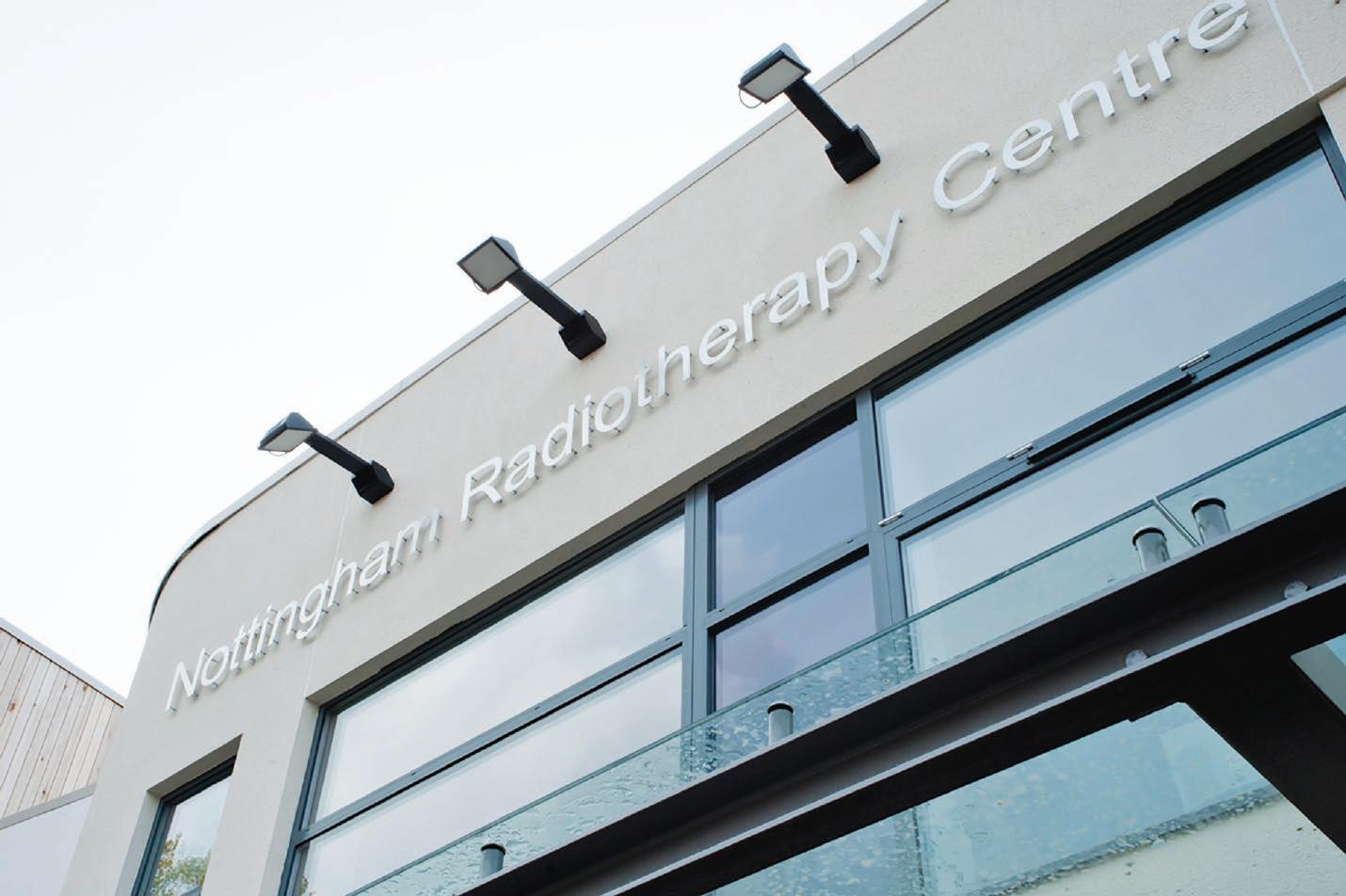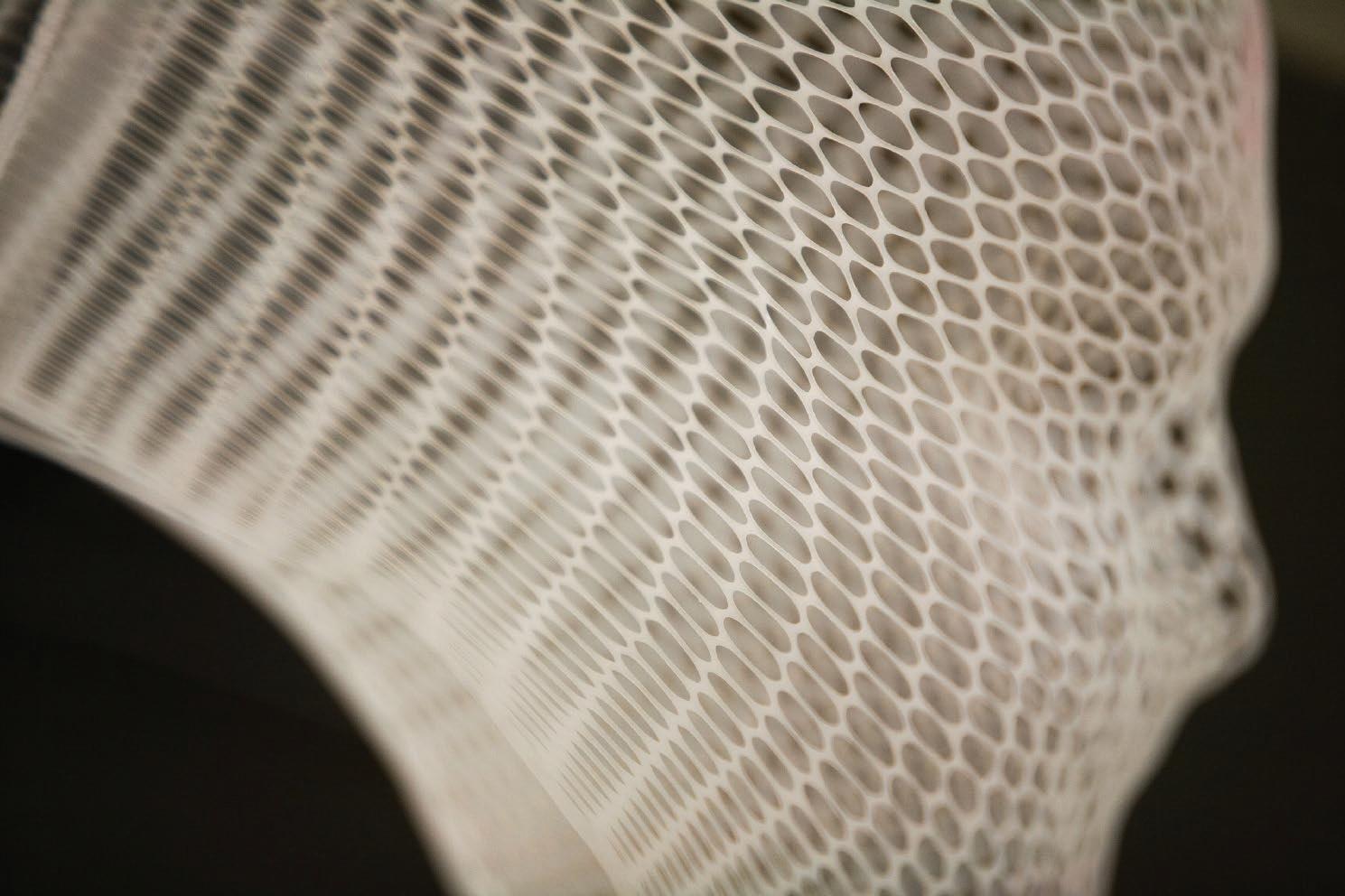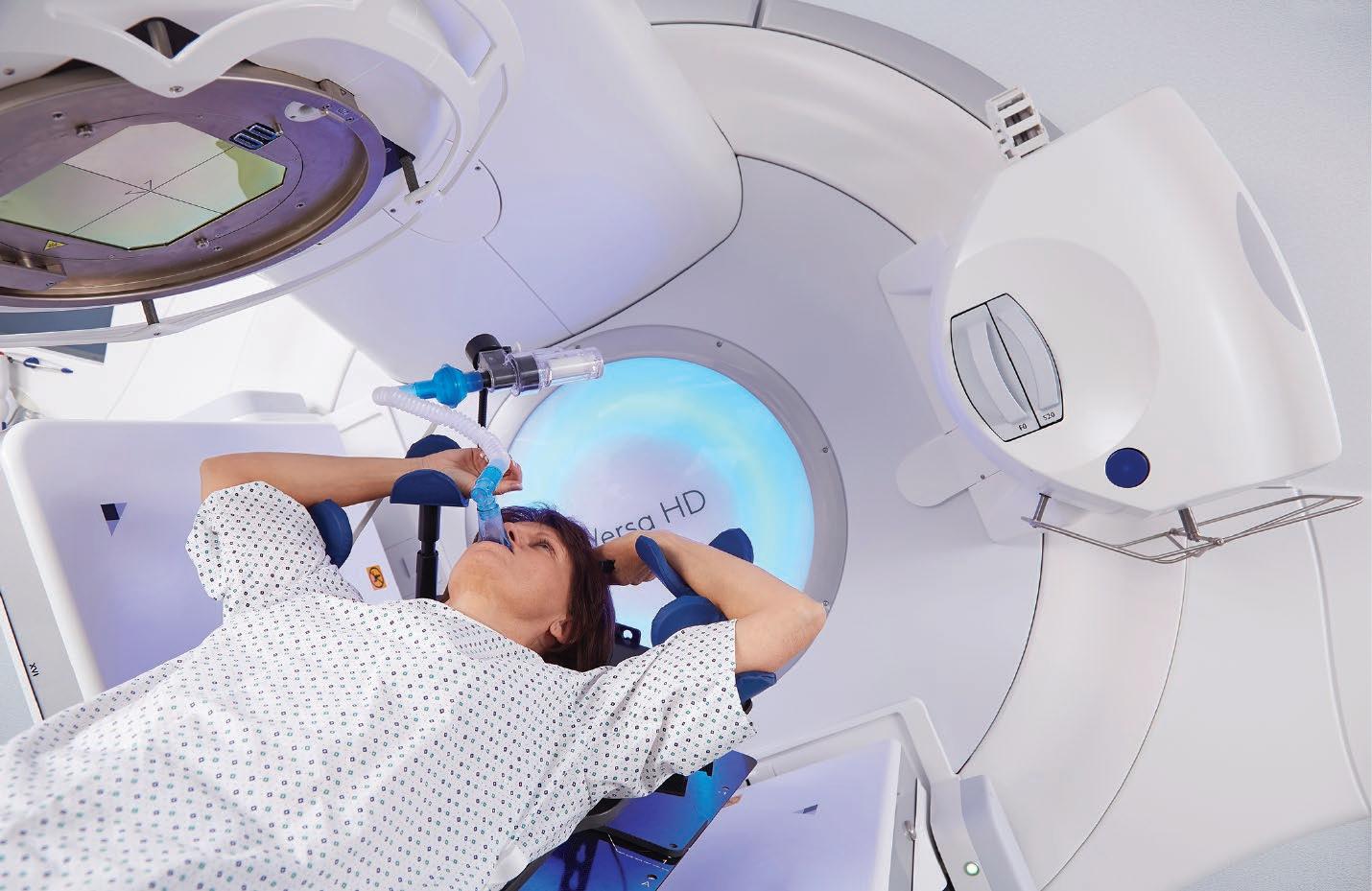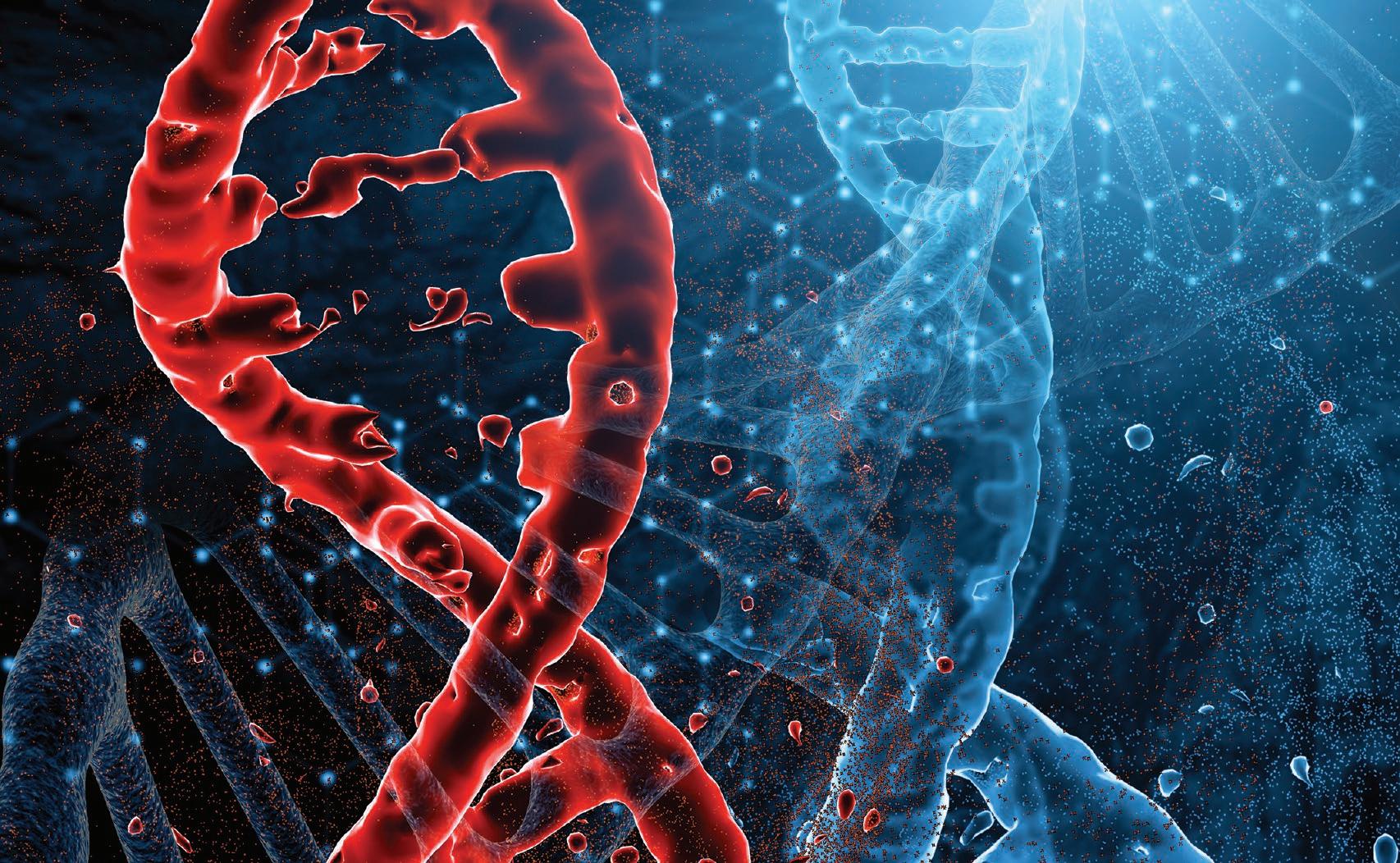IMPROVING THE ACCURACY AND PRECISION OF STEREOTACTIC RADIATION THERAPY
Foreword S
TEREOTACTIC RADIOSURGERY (SRS)
radiation, including gamma rays, X-rays and protons.
and stereotactic body radiotherapy (SBRT)
The technology has evolved to enable the treatment
are non-surgical methods of delivering radiation
of a wide range of target sizes and morphologies.
therapy. The techniques were pioneered in the
These advances have been underpinned by technical
1950s to deliver high doses of radiation with
developments in manipulating multiple radiation
sub-millimeter accuracy (1). The fundamental
sources, positioned to cover a range of angles and
mechanism is based on generating free radicals
modulated to tailor radiation exposure levels.
from ionizing radiation sources. Free radicals
This report describes the development and
damage the DNA of tumor cells, inhibiting their
application of modern SRS and SBRT systems
ability to replicate and initiating cell death. The goal
including advances in radiation delivery systems to
is to prevent tumor growth and metastases. In SRS
enable conformal manipulation of beams, patient
procedures, tumor tissue is not surgically resected
motion management solutions and the integration
but diminishes over a period of months following
of these components with imaging modalities and
treatment. Treatment regimens are short relative
sophisticated computer algorithms for treatment
to conventional radiation therapies, consisting of
optimization. The fourth article in this report is provided
a single or few treatment sessions.
by Elekta, a leading manufacturer of SRS and SBRT
The development of SRS is reliant on advances in
systems, highlighting the clinical impact of advanced
radiation technologies that deliver the maximum dose
integrated platforms. The report concludes with an
to the target while minimizing the dose delivered to
overview of the current state-of the-art and outlook
adjacent healthy tissue. The goal is to deliver doses
for SRS technologies.
that will destroy all of the target tumor, permanently controlling tissue growth. SRS systems may be developed based on different forms of ionizing
Dr Sophie Laurenson Editor
Dr. Sophie Laurenson is a scientist and social entrepreneur. She obtained a Ph.D. in Oncology (Biophysics / Biochemistry) from the University of Cambridge in 2007 and has worked in industry and academia for 17 years. Currently, she is the Founder and Managing Director of Limeburners Bay International AG, developing medical technology for resourcelimited settings.
2 | WWW.HOSPITALREPORTS.EU







